Non-Adjustable Truss Rods
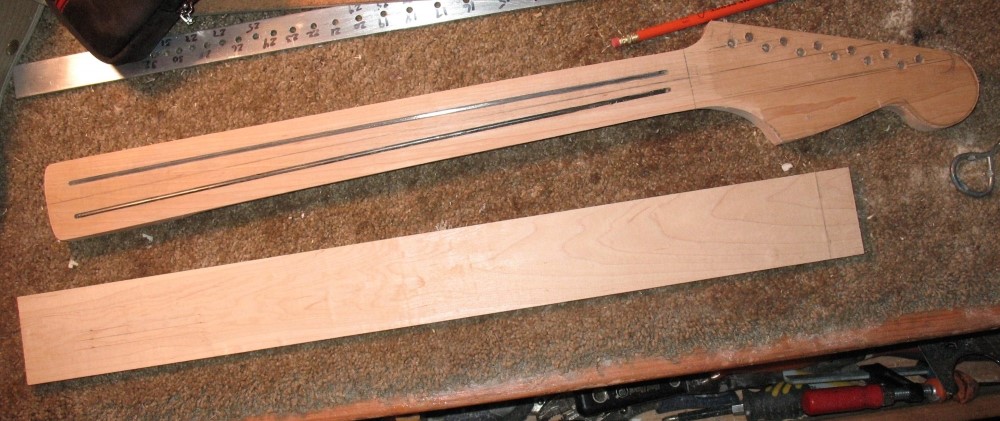
This is my unusual design for a 12-string neck. You can see how the interleaved tuners install, with one set in the normal position on the back of the headstock, and another set on the edge of the headstock pointing in. The tuners are inexpensive six-on-a-strip open-gear models. The edge-mounted one was disassembled and reversed to be lefty.
This setup yields the thinnest possible headstock without anything overhanging or resorting to expensive Schaller tuners. All the mounting screws are on the centerline of the plate. It also gives minimum weight with good strength, even with much of the headstock hollowed out, thanks to the continuous steel plates. The upper set of holes is for the normal tuner posts, the lower set is access for the side-tuners; all of them get vintage-style thin bushings. These tuners have two holes in each post, the normal tuners use the upper holes, and the side-tuners use the lower holes. The octave strings go to the side tuners; the string holes are slightly oversized to allow for the string wrapping.
It all works pretty well once you get it strung up, which is quite a process with a 12-string. The octave string holes are through, so getting them started is not as bad as you'd think, but it is still 12 strings to set up, and the tuner knobs are crowded together about as close as they could be. For practical purposes, six on each side is easier to build and easier to use, but I wanted to do something different, as I always do. The string pulls are all almost straight.
The headstock is about an inch longer than a standard Strat, to accommodate the extra length of the overlapped tuners. The neck is also wider at the nut than a standard Strat. I think if I didn't point it out, it is not really noticeable. The downside of using strip tuners is that all 18 holes must be drilled very precisely, otherwise, it won't fit. To do this, I made a jig from hard maple, into which you attach the uncut headstock with screws, and then drill all the holes. When you later cut the headstock outline, you cut away the temporary screw holes.
You can see how I installed two steel bars for truss rods. These are 1/8" x 1/2", scratched-up good on the belt sander and then glued into tight channels and capped with the fretboard. This results in an extremely strong neck that will stay straight forever, or until the wood fails. Danelectro made thousands of these in the sixties. This works great for a six-string, even a weak poplar neck stays dead-straight.
However, with the double tension of a 12-string, the neck did take on a bit of forward bow. I did not expect that, but in hindsight, I should have. So far, two weeks, it is actually a desirable degree of bowing, but I will have to keep an eye on it. I don't think it will increase over time, as the steel is well within its elastic limits, but if it does, I can always carve off the fretboard, install an adjustable rod ( or maybe just another steel bar ) down the center, and install a new fretboard.
I have since switched to using 1/2" square steel tube for fixed truss rods. I requires a single rout straight down the middle and is in general easier to install and much stronger. The downside is that it is heavier.
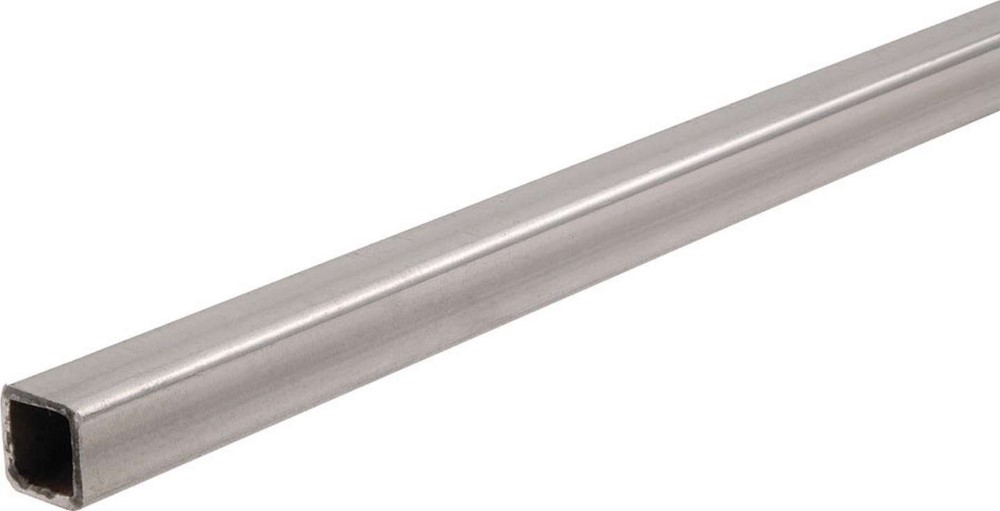
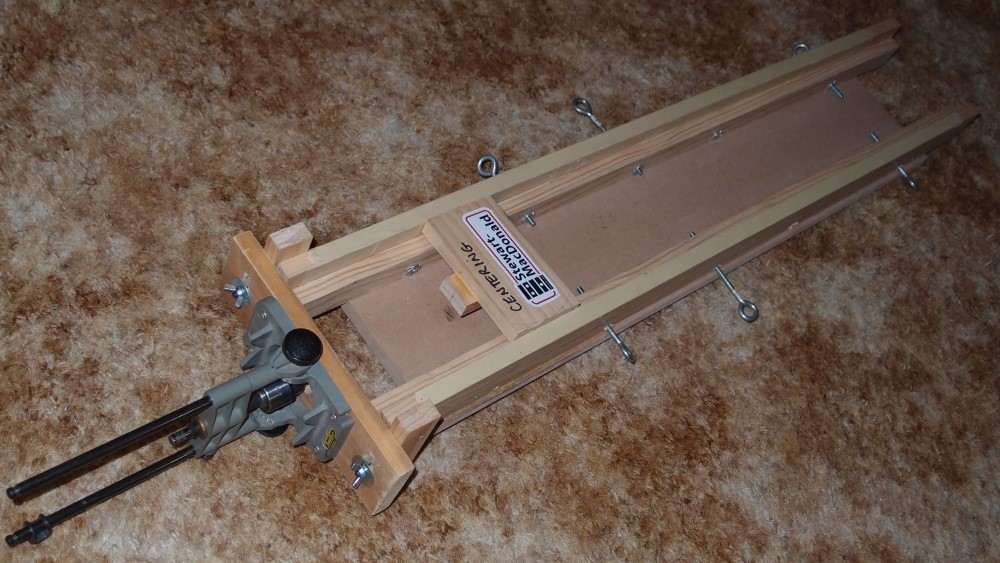




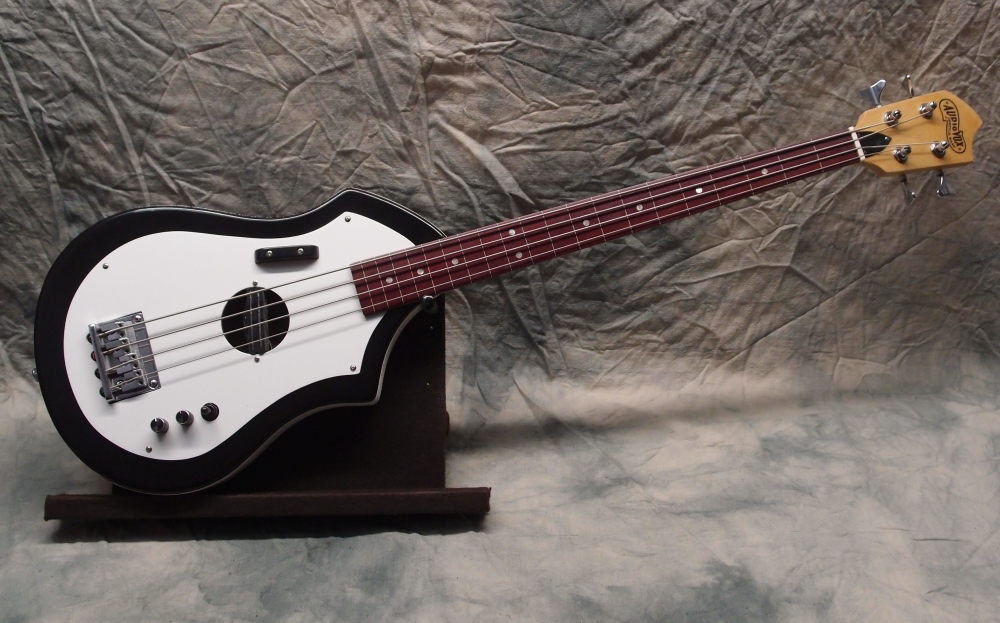

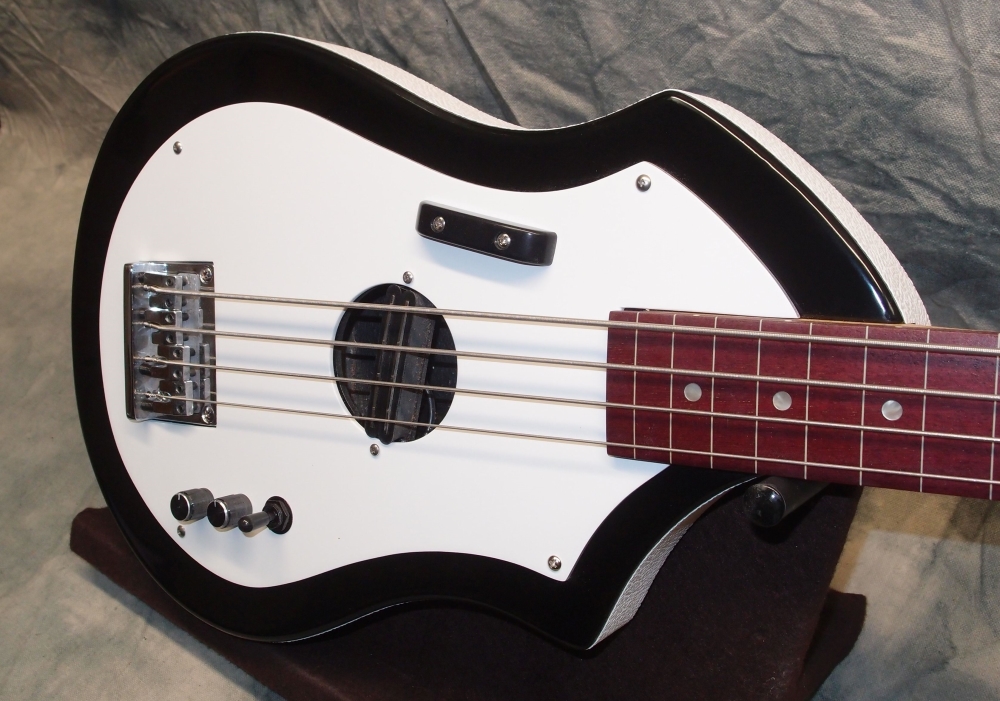

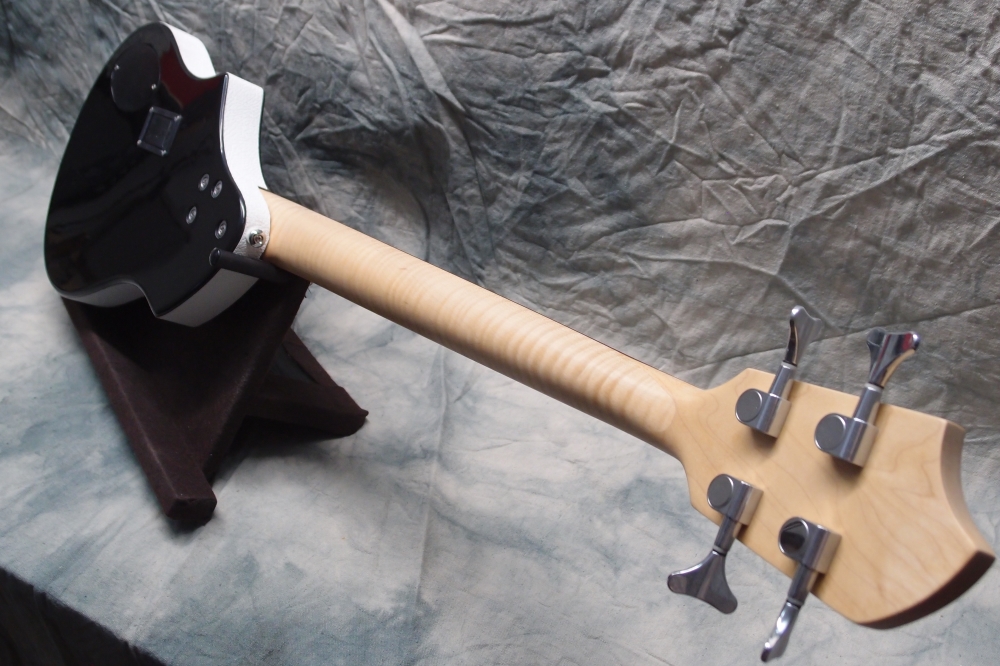

Questions or Inquiries?
Just want to say Hello? Sign the .